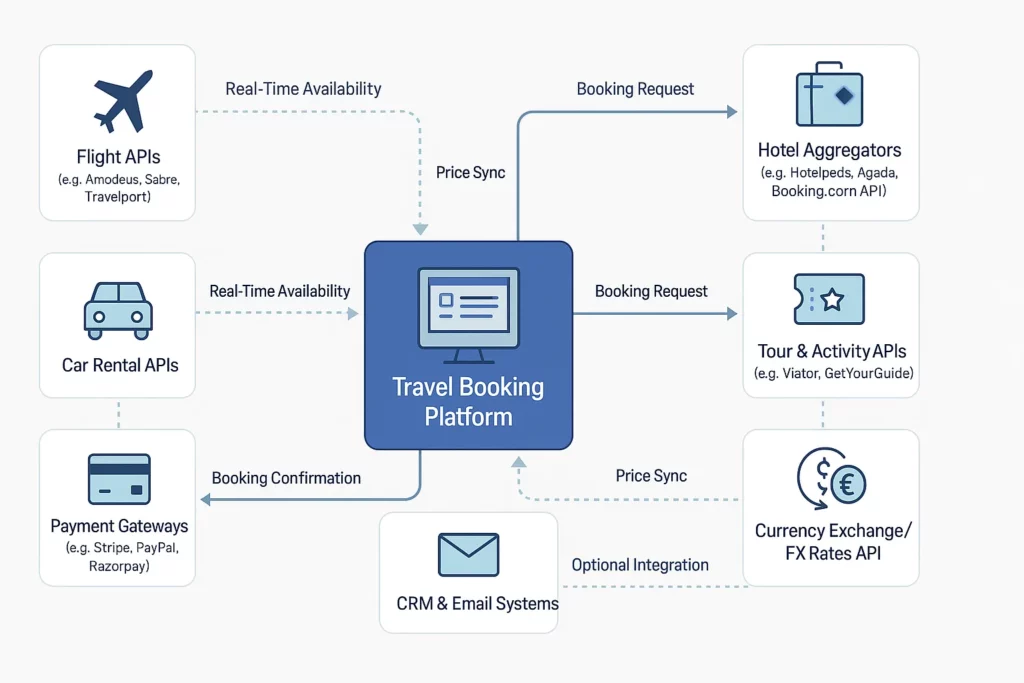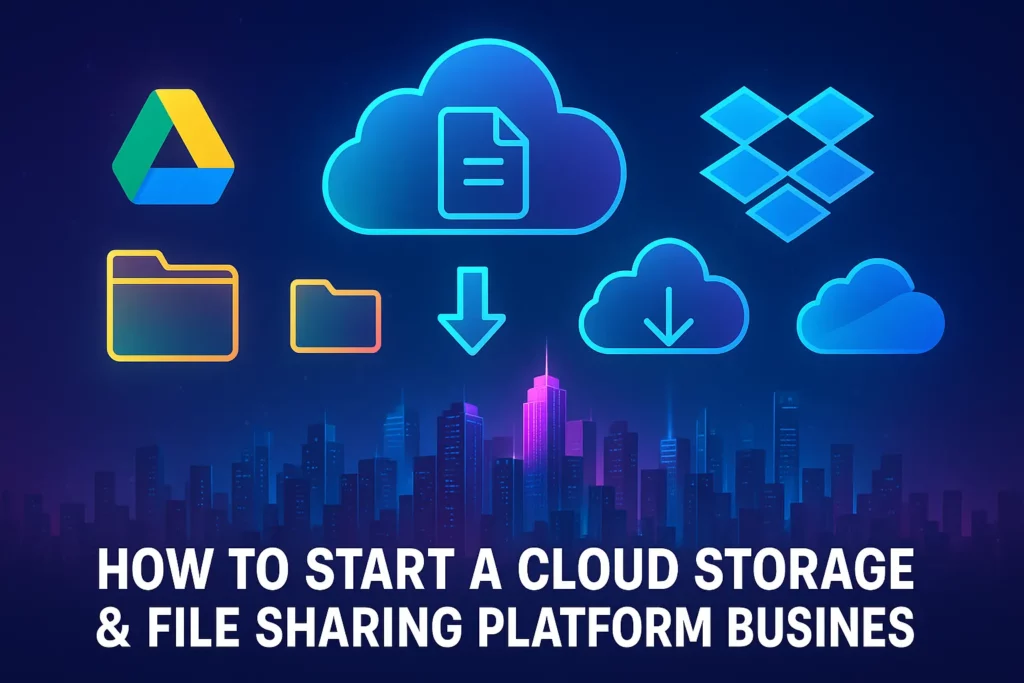Building a travel booking app in 2025 feels like stepping into a gold rush. Everyone wants a piece of the pie—and for good reason. The global travel tech market is booming as people book everything from flights and hotels to experiences and car rentals, all from their phones. Naturally, many startups are eyeing an Expedia clone as their launchpad into this high-demand space. But here’s the kicker—most of them mess it up.
I’ve seen this firsthand. A friend of mine tried launching a travel app last year. Had the right idea, got some investors on board, and even found developers who promised a “fast launch.” Three months in, the project was a sinking ship. Why? Because they underestimated the real challenges—things like integrations, scalability, and even basic user flow. Sound familiar?
So here’s what this blog is really about: helping you avoid those exact missteps. We’re going to walk through the top 5 mistakes startups make when building their own Expedia clone—like ignoring inventory APIs or getting UX horribly wrong—and how you can steer clear. Think of this as your travel-tech survival kit.
If you’re serious about building a travel platform that actually competes in 2025—keep reading. We’re getting real, not fluffy. By the end of this, you’ll be equipped with actual strategy, practical takeaways, and hopefully, a stronger chance of building a product that users don’t abandon mid-booking.
Mistake #1: Underestimating API Integration Complexity
Expedia didn’t become a behemoth with just a pretty interface. Behind the scenes, it’s plugged into Global Distribution Systems (GDS), flight aggregators, hotel APIs, car rental services—you name it. Startups often assume you can just grab a few APIs off the shelf and be good to go.
Spoiler alert: it’s not that simple.
Travel APIs can be messy. Rates fluctuate, inventory changes rapidly, and syncing real-time availability is critical. Poor implementation can cause booking failures, ghost listings, or worse—double bookings.

Mistake #2: Skimping on UX/UI Design
Think booking a flight is boring? Your users don’t. In fact, they want it fast, smooth, and intuitive. But too many startups treat UX like an afterthought. Clunky interfaces, confusing filters, or hard-to-navigate search flows can drive users to bounce faster than a flash sale on airline tickets.
Expedia sets the bar high—with minimal clicks, rich visuals, and seamless transitions. Mimicking this requires real UX thinking, not just some template with a travel theme. If you’re struggling with UX or unsure how to build something seamless, get in touch with the Miracuves team for expert guidance on travel app development.
Mistake #3: Ignoring Mobile Optimization
Here’s a fun stat: over 70% of travel bookings in 2025 are done on mobile devices. Yet many startups still launch web-first, thinking they’ll “deal with mobile later.”
Big mistake.
If your Expedia clone lags on mobile or doesn’t adapt properly to different screens, you’re done. Users won’t tolerate slow loads or buttons that require a microscope to tap.
Mistake #4: Building Without a Real-Time Pricing Engine
Dynamic pricing is the heartbeat of travel apps. Airlines change fares hourly. Hotel rates spike over holidays. If your platform isn’t wired for real-time updates, users will see outdated prices—and drop off in frustration.
Many startups opt for static feeds to “launch faster.” But in this game, speed without accuracy is a trap. You’ll end up dealing with cancellations, angry emails, and poor app ratings.
Mistake #5: Not Validating the Market Before Scaling
Just because Expedia is big doesn’t mean your clone will work everywhere. Local nuances matter. Payment preferences vary. So do languages, regulations, and even travel habits.
Startups often jump into scaling—adding destinations, partnerships, or marketing spend—without validating if their core funnel even works in a niche market. That’s how you burn through budgets with no traction.
Validate before you expand. Start with a small region or travel niche—like weekend getaways or business travel. Learn fast. Then grow.
Conclusion: Lessons Worth Packing
If there’s one thing you should take away from this, it’s that building a successful Expedia clone is way more than copying features. It’s about understanding the moving parts—the tech, the user expectations, the market signals—and avoiding the landmines that take down most early-stage travel apps.
From buggy APIs to lazy UX, each mistake is a signal: slow down, get strategic, and don’t assume this is an easy win. The startups that treat their travel platforms like real businesses—not weekend experiments—are the ones that’ll still be around next year.Travel is personal. Your product should feel that way too. Build smart, test early, and put your users at the center of every click. To learn more about what goes into building a successful digital product, visit Miracuves homepage for real-world travel-tech insights.
FAQs
Q1. How long does it take to build an Expedia clone?
Typically 4 to 6 months if you’re starting from scratch with custom integrations. Using a pre-built solution can cut that down.
Q2. What’s the best tech stack for a travel app?
Node.js or Python for backend, React or Flutter for frontend, and strong cloud hosting like AWS. But it depends on your scalability goals.
Q3. Do I need GDS access like Amadeus or Sabre?
Yes, if you want comprehensive flight and hotel inventory. Without it, you’ll be limited in what you can offer.
Q4. How can I monetize my Expedia clone?
Commission on bookings, featured listings, ads, and upsells like travel insurance or guided tours.
Q5. Is mobile-first design really necessary?
Absolutely. Most users will come through mobile. Neglecting mobile UX is like closing the front door of your store.
Q6. What’s the typical budget range to launch?
For MVP: $25K–$60K. For feature-rich, scalable apps: $80K+. Expect marketing to double that.






